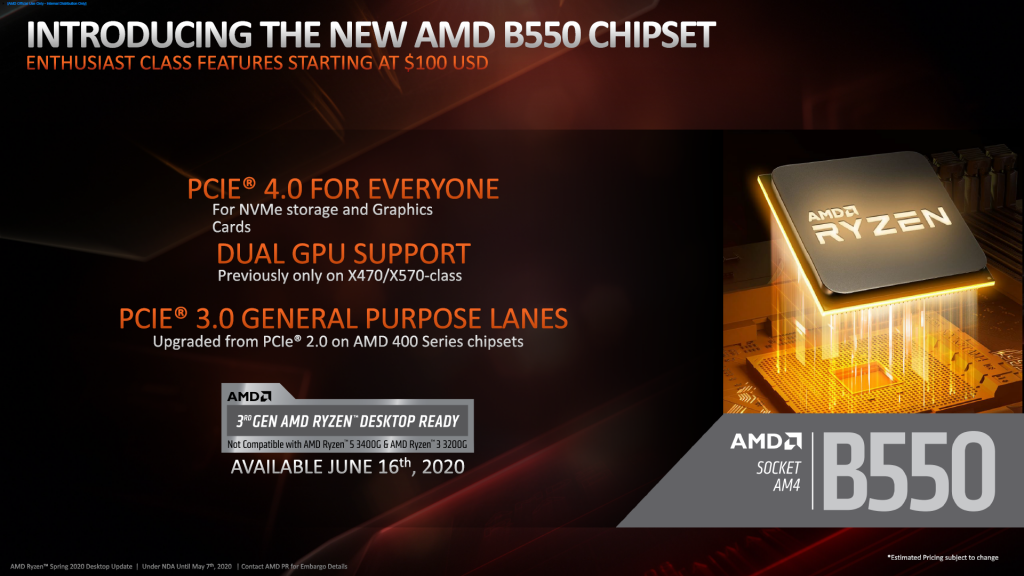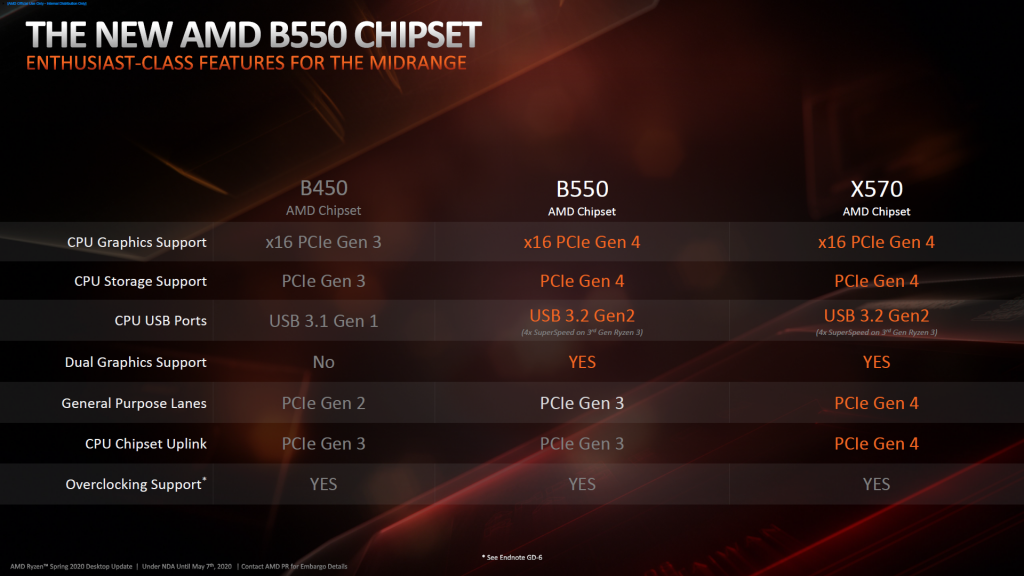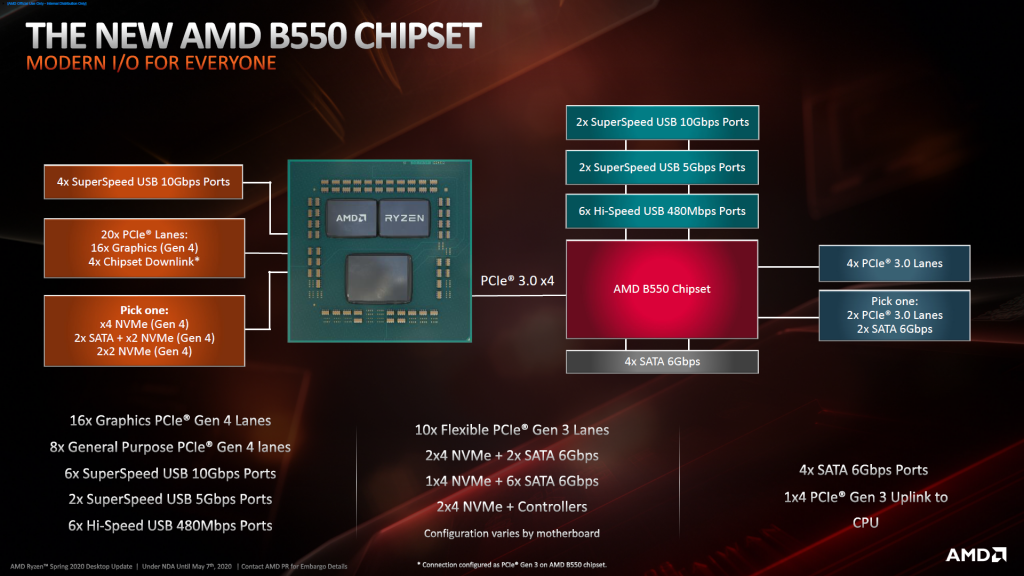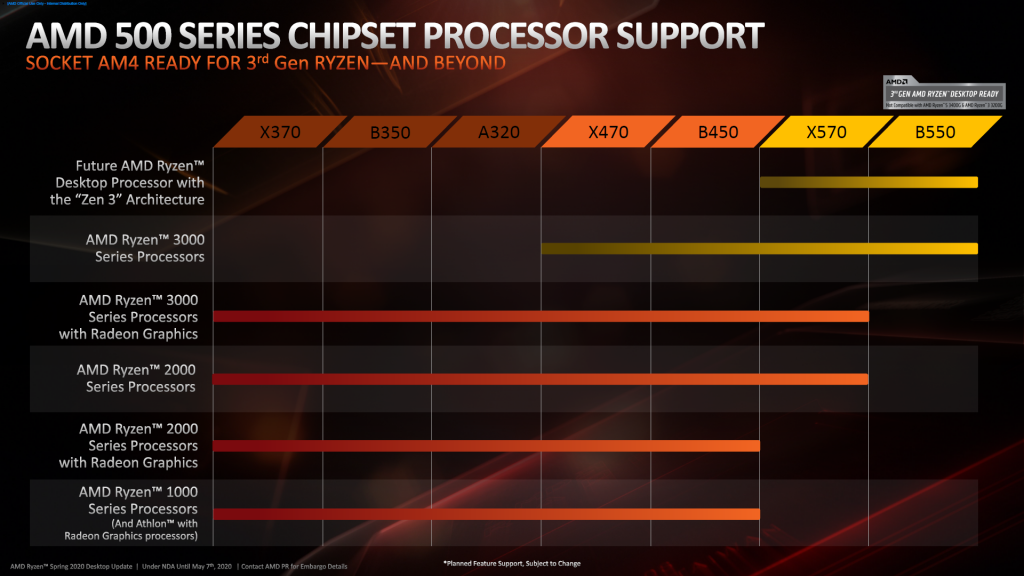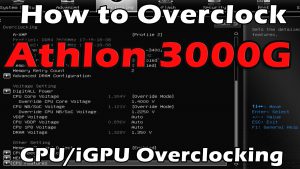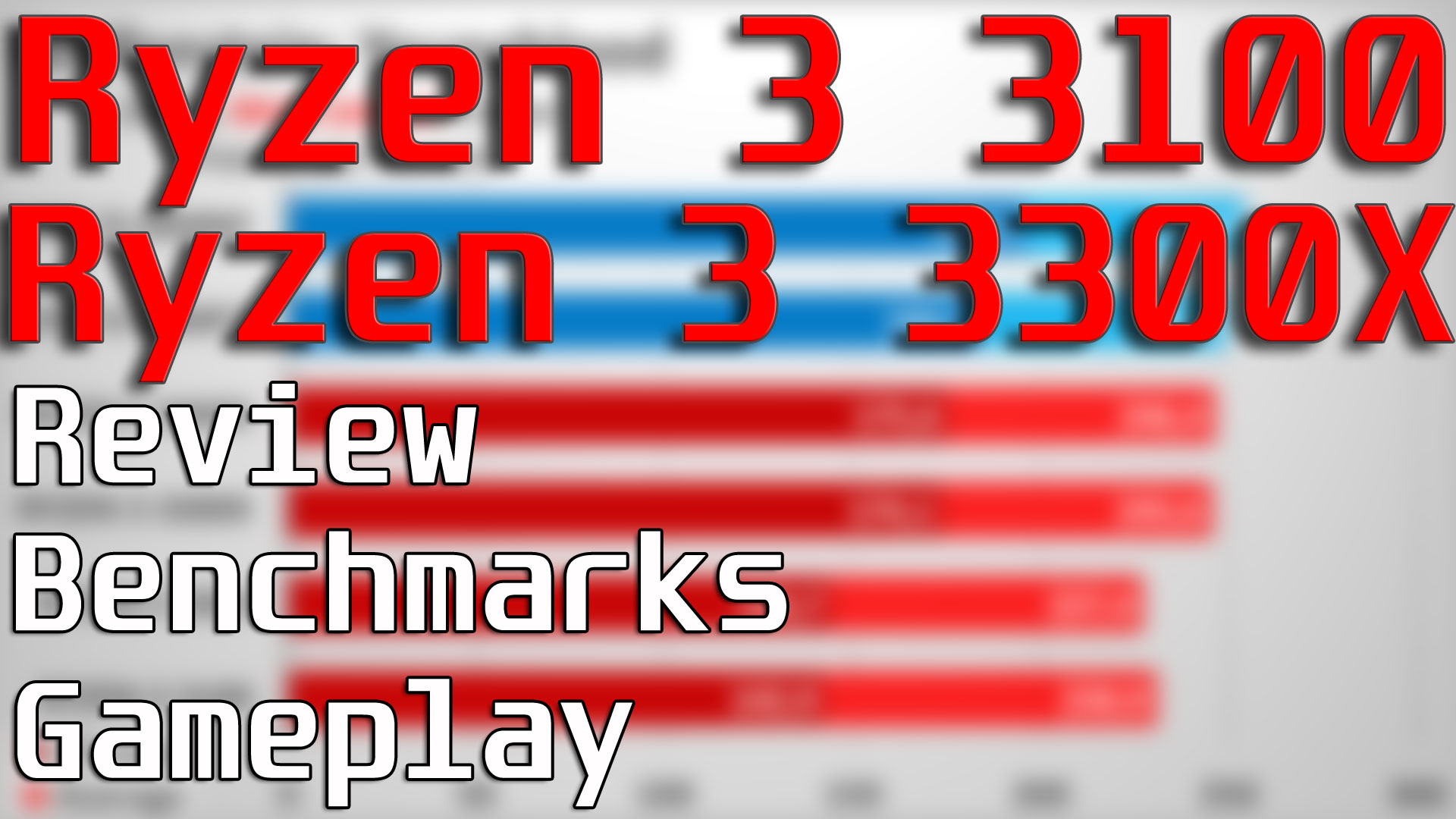
Ryzen 3 3100 and Ryzen 3 3300X – Preemptive Strike
Today we will be talking about Ryzen 3 again, specifically the Ryzen 3 3100 and 3300X.The initial series of announcements of the AMD Ryzen processor family included a full range of desktop models from $ 100 to $ 500, including a wide range of 4-cores with and without SMT technology enabled, which were part of the Ryzen 5 and Ryzen 3 families. The second generation, however, it seems like the company had somewhat neglected that part of the market, with only new announcement being the new APU based Ryzen 3 2200G and Ryzen 5 2400 G with their later refreshes in the form of 3200G and 3400G. However that changes today, with the official start of the sales of Ryzen 3 3100 and 3300X. But there is an underlying reason for this somewhat unexpected launch.
AMD B550
At least the official version is the appearance of… the new B550 chipset. Anyone who has followed the news and rumors may know that this model has been expected for a long time and apparently went through a rather long and troubled development until it appeared on the scene. Its main idea is to create relatively cheap, compared to the X570 models , motherboards with support for PCI Express Gen 4. The chipset itself does not offer new Gen. 4 links, but motherboards on its base are supposed to be specially designed to at least be able to use the processor offered Gen. 4 lines. So you can rely on having one or two graphics ports with support for the new version of PCI Express (x16 + 0 or x8 + x8 line configuration) and at least one M.2 NVMe slot. And yes, 2 graphics slots, because unlike the B350 and B450, the new chipset allows support for CrossFire/SLI on the processor links alone. That is if someone needs it at all today.
The connection between the new chipset and the processor remains under PCIE Gen.3, with the chipset itself offering no additional Gen. 4 functionality, probably to reduce the cost of the end products. However, this does not mean that there are no other upgrades. First, the additional PCIE lines are now officially supporting the Gen.3 standard, unlike its predecessors, which is limited to Gen.2. USB support has also been improved, now offering USB 3.2 Gen 2 (10 Gb/s transfer rate). The basic chipset configuration includes 6 USB 2.0 ports, 2 USB 3.2 Gen. 1 (5 GB / s), 2 USB 3.2 Gen.2, 4 SATA ports and 10 PCIE lines, with an additional 4 lanes used to connect to the processor. 10 PCIE lines can be configured in different variants, both as additional expansion slots and for up to 4 additional SATA ports, for 1-2 M.2 NVMe slots, and manufacturers are free to combine at their discretion.
And here comes the time for the spoonful of tar in the honey barrel – the official version is that, due to the size and price limitations for the firmware chips, the B550 will not support models that do not have Zen 2 cores. Neither Zen, nor Zen +, nor Raven Ridge versions. Yes, this means that even the Ryzen 3 3200G and 3400G will not be supported, even though they are formally part of the current generation! Which means it would not have been possible to put a processor for under $ 200 on a low-end chipset motherboard! But as a bonus, you get a promise of support for Zen 3 models. But that’s not all – Zen 3 support is promised only for the B550 and X570. So whoever hoped in 2017 to make do with with B350 MoBo until the end of the AM4 Socked support, may be not so pleasantly surprised, although AMD allegedly promised full support until 2020. Which, formally speaking, may be true if Zen 3 comes out in 2021. In any case, it turns out that working with 5 generations of processors (you did not forget that the first processors for AM4 were Bristol Ridge before Zen, right?) was an impossible task.
And lastly – you should expect the B550 motherboards to hit the market on 16 June.
